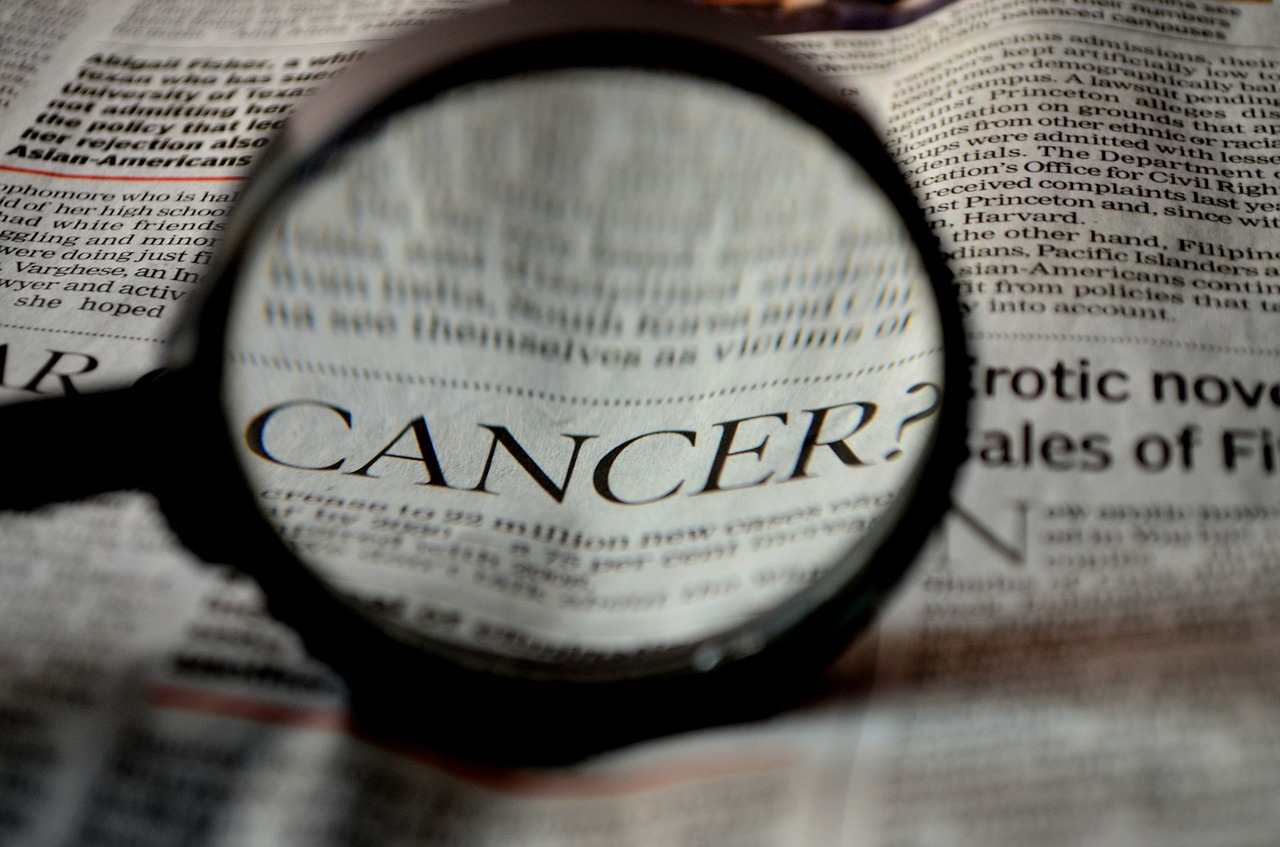Is a climate catastrophe possible in the foreseeable future? Will cataclysms like the Flood be repeated and can we talk about cyclicality in these phenomena? “Labor” talks to meteorologist Petar Yankov about the threats that lurk humanity in the field of climate. He compares them to the COVID-19 pandemic. But, calm down – September and October will also be for the sea in our country …
– Mr. Yankov, something has become quite hot for us lately. Let’s see what science says – can we talk about climate catastrophes. Would you give examples from the more distant or recent past?
– Let’s look at the serious climate catastrophes at high speeds and the reasons for them. The closest climate catastrophe was about 7,000 years ago.
The cyclical change in the inclination of the Earth’s axis of rotation is the strongest reason for a sharp change in the Earth’s climate. Every 40,000 years, according to geologists and geophysical studies, there is a cyclicity with a significant change in the slope of the earth’s axis of rotation. Research and archaeological evidence lead to the conclusion of a flood 5,000 years ago.
So the legend of Noah’s ark has its historical confirmation. Archaeologists have also found traces of this flood in South America. After the flood, ancient societies and cultures moved north and inhabited the area of present-day Mexico.
After the water recedes, large water basins are formed, such as the Caspian Sea. Warming began and the fertile fields of today’s Sahara dried up, and civilizations after 3000-2000 BC began to concentrate around the Nile and in today’s Southern Europe.
– What is the conclusion from this cyclicality?
– The conclusion is that humanity has about 33,000 years left until a new flood. Until then, human societies will have conquered new planets, mastered the depths and riches of the world’s oceans, hoping to cope intelligently with the harsh natural conditions that await them.
But let’s pay attention to one reason for closer in geological and temporal aspect climatic changes – ubiquitous volcanic activity. Around the beginning of 1700 AD, a cold snap began due to the eruption of a series of volcanoes from Japan, Europe and South America. Part of these eruptions was the last long-running Fuji eruption in 1707.
These eruptions from the historical records last about 18 months and in the summer it snows, the locations of sea currents change. From 1850, a gradual warming began, which continues to this day.
– How long will this warming last?
– For astronomical reasons – solar activity in the opinion of astronomers will continue to be low, which portends a gradual cooling after 2150-2200. During this period, for geological reasons, part of East Africa is expected to break away from land and form an island, which will also change ocean currents.
It can be summarized that from 2200 for astronomical and geological reasons a gradual cooling can be expected. Now, according to major climate centers, we are at the height of a period of global warming.
– How does human activity affect these processes?
– In the Middle Ages, the population of the Earth was at most about 1 billion, now it is almost 8 billion, and in 2100 it will reach over 10 billion. Human activity is seriously involved in the destruction of nature and further contributes to the warming that is being observed.
In solving the problems of nutrition, forests are being destroyed, which is a serious factor in global warming and drought. Population growth brings accompanying problems, the most important of which is nutrition.
In all revolutions there is always a problem with nutrition. According to demographers, population growth must be stopped by raising education, and in countries with educated populations there is a decline in birth rates. Air pollution is proving to be a serious problem, especially in the microclimate of large settlements.
– How does global warming affect the Balkans?
– From the kitchen of the time, in which I am constantly as a master chef, (let me joke, things are so serious that except to turn it into a joke, we can do nothing – quote from Assoc. Prof. Strigachev – my professor of nuclear physics) , and from the research and publications of my infinitely respected Prof. Vesko Alexandrov (one of the largest capacities in terms of climate change and drought in our country, in Bulgaria and in the Balkans), I can say that the conditions for torrential rains, which increase the conditions for a sharp rise in river levels and for floods.
There are sharp temperature changes – periods of cooling and sudden warming and conditions for drought. The amplitudes of winter temperatures in extreme terms are from minus 30 to plus 44 degrees and in the Balkans warming is reflected in warmer and milder winters and cooler with more rainfall summers.
With the increase of temperatures, a faster negative impact is achieved, in terms of drought, reduction of water resources.
– How to counteract this trend?
– The problems that humanity needs to solve quickly are:
– new secure energy sources,
– nutrition, food production,
– environmental protection. The UN Climate Change Secretariat supports countries in identifying and managing climate risks through the formulation and implementation of National Adaptation Plans (NAPs).
– What does this mean for Bulgaria?
– My opinion is that Bulgaria has the unique chances due to the specific features to build artificial large reservoirs to solve food and water security, to regulate the flow of rivers and to prevent floods during torrential rains, and these situations are becoming more frequent. neighbors are happy to make this happen.
Of course, a solution must be found to the problem of environmental protection. Nuclear energy must be developed in Bulgaria. Science is evolving and all this must be done with increased security. This is the future of energy. Mendeleev also said that burning oil is like burning gold. Nuclear energy will develop rapidly worldwide.
These politicians who implement political decisions and stop the construction of nuclear energy are, in my opinion, national traitors. Bulgaria must have the Belene headquarters, with Russia, with the United States, with Japan, with China, but action must be taken.
– Will you share your opinion about the specific microclimate and the pollution of Sofia.
– Sofia is located at the bottom of a boiler, figuratively speaking. This is reflected in the drawing of the weather maps and Sofia is excluded as a point that causes disturbances in the drawing. This location causes the formation especially often in December and January of retaining atmospheric layers – temperature inversions that increase air pollution.
On average in December there are 5 such cases, the maximum number of days with inversions, according to statistics, is of the order of 18 days. This does not mean that the air in Sofia as a whole is polluted. Sofia is the only European capital so close to the high Vitosha Mountain. Literally for 30-40 minutes in July you can touch the snow in the snowdrifts above Aleko, on the road to Cherni Vrah.
Vitosha creates a daily mountain-valley circulation, which keeps the air clean, of course, except for the days with inversions, which occur most often in December and January. Sports holidays and practices cannot be applied on such days as during socialism, labor collectives, students to be carried high in the mountains.
There is no going back and new solutions are needed. The construction of the metro is a positive side in reducing pollution in the capital.
The gasification of all neighborhoods and or the expansion of district heating will create conditions for the elimination of gassing and heating with solid fuel. The issuance of clean car certificates should be introduced for the whole city.
It often happens to me within the city limits to travel after trucks, spewing smoke and soot, passing by police patrols, which in turn pretend to be distracted – that is, civil liability must be increased. In such cases, students can go to online training, to encourage the use of public environmental transport and more.
– In conclusion, what conclusions should a reasonable and educated person draw?
“I’ve been thinking about sharing these thoughts for a long time.” Now I share them with you, after the lecture of the demographer Mr. Bardarov and the conversations with my wife Simona Simeonova, who works in the field of economic geography – regional development. We have to act and science gives clear signals that there is no time, because the climate code is with us.
You see how a virus has turned our world upside down, with climate problems being the same. Let everyone draw their own conclusions and change their civic responsibility, with the ugly statistics about the still small opportunities of our society, which in terms of achievements is equal to natural coincidences.
Let’s not forget that every minute one person dies on Earth from starvation and the daily ration of water per person in some parts of Africa is a tablespoon. As well as the fact that every minute somewhere in the world there is a strong thunderstorm with torrential rains and hail, which disrupt public life in the area.
– Let’s go back to Bulgaria – will September be suitable for the sea – will it be summer, at the expense of June, which was cold?
– The good weather, which is outlined in August with rainy periods of 3-4 days around August 10-13 and August 17-20, when there will be cooling, will generally continue.
In September, temperatures close to the norms and drier weather with less precipitation are expected again. The entire Mediterranean, including the Balkans and our Black Sea coast, will be covered by drier air masses. So the weather will be suitable for the sea, but also in early October. We will have a gypsy summer.
– What is your personal opinion about the temperatures and the spread of the coronavirus?
– You can’t draw a parallel with the heat now, but in general the bad weather is a prerequisite for people who are at sea to leave the beach and go sightseeing. There is a larger concentration of people, the restaurants are also filling up, which in my opinion contributes to the faster spread. This is how the weather on our Black Sea coast affects.
Infection becomes easier. The connection is indirect, but time also affects public life. Rainfall and storms are likely to cause the virus to spread faster. But he also has a life of his own. Once this rapid infection is triggered, it is difficult to stop.
– What is your advice for work and free time in the heat?
– 33 degrees is the limit for hot weather in our latitudes. Above this temperature, heavy traffic is limited because the asphalt pavements soften. Air transport is also restricted. In this regard, everyone who travels should take more breaks. Have water at your fingertips and make shorter walks with your cars.
To drink kefir, to wear loose clothes, and a hat is a necessary accessory. It is not recommended to be exposed to the sun in this hot weather for more than 30 minutes. This is especially true for young children, which mothers must take into account. To walk early in the morning and to avoid the high heat around 4 pm and 5 pm. We are now in summer time and 5 pm is actually 4 pm, when the sun is strongest.
– .


